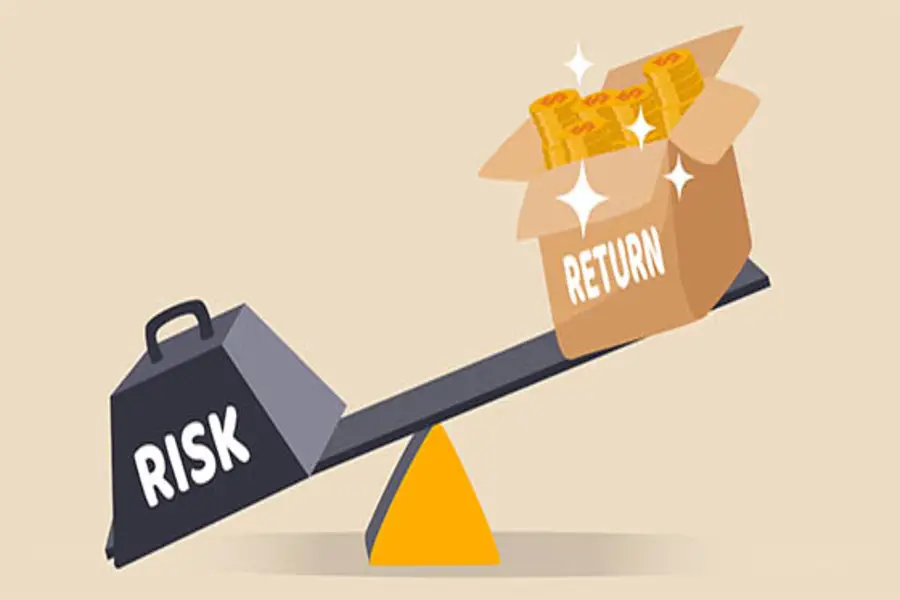Factoring Industry Risk into the Business Valuation Equation

There’s generally a trade-off between risk and return in business valuation. Investors expect to receive a higher return as a company exposes them to greater risk. Industry-specific risk is an important consideration when estimating an investor’s expected return. Here’s how valuators measure industry risk and factor it into their analyses.
Key factors
Virtually every business valuation report includes a section on industry risk. Several factors are considered when measuring industry risk, including:
Growth prospects. Valuators evaluate the industry’s outlook, including its seasonal and cyclical trends and stage of development. Strong, predictable growth prospects generally equate to lower industry risk and higher value.
Relative power of suppliers and customers. It’s important to look up and down the company’s supply chain to determine which players have the greatest negotiating power. Businesses with more power in their supply chains — or supply chains with balanced power — tend to have less industry risk.
Competitive threats. When sizing up the competition, geographic location and market position are key considerations. Large industry segments characterized by intense global price competition are particularly risky.
Risk of product substitution. Valuators evaluate whether customers could use another readily available, less expensive product in lieu of the subject company’s offering. If customers can easily switch to a substitute product, the industry’s risk is greater.
Barriers to entry. Participating in certain industries may require licensing, expensive outlays for equipment, compliance with stringent regulatory requirements, and continual investments in technology or research and development. Barriers to entry generally benefit existing companies in that segment by limiting competition. However, they also may increase operating costs and require ongoing capital investment.
Valuators use several resources to assess industry risk, including the company’s business plan, industry trade associations and fee-based external sources. Examples include Kroll’s Valuation Insights, IBISWorld’s Industry Research Reports, First Research’s Industry Profiles and Risk Management Association’s Annual Statement Studies®.
Incorporating industry risk into valuation methods
With an understanding of the subject company’s industry, a valuator can evaluate management’s cash flow predictions. For example, a valuator may question how realistic it is for management to forecast a 10% growth rate if the industry is declining and management hasn’t taken steps to transition the company’s offerings to changing consumer demands.
Likewise, when selecting comparables from public stock markets or transaction databases under the market approach, it’s important to know where the subject company fits within its industry in terms of size, financial performance, capital structure and market position. Some comparables may be eliminated based on the industry risk assessment — or an industry-based risk adjustment might be factored into the valuator’s application of pricing multiples.
Under the income approach, the company’s discount rate (also known as its required rate of return) may be adjusted up (or down) depending on how risky the company’s industry is compared to the overall market. Under this approach, industry risk also may come into play when estimating the company’s long-term sustainable growth rate. Valuators generally assume that the subject company’s growth will someday even out to a moderate, steady rate into perpetuity. In turn, this growth is used to compute capitalization rates under the income capitalization method and terminal value under the discounted cash flow method.
What’s right for your situation?
Industry risk impacts the value of a business in many subtle ways. Accurate valuations hinge on taking the time to thoroughly understand the subject industry and where the subject company fits within that group.
(This is Blog Post #1534)


